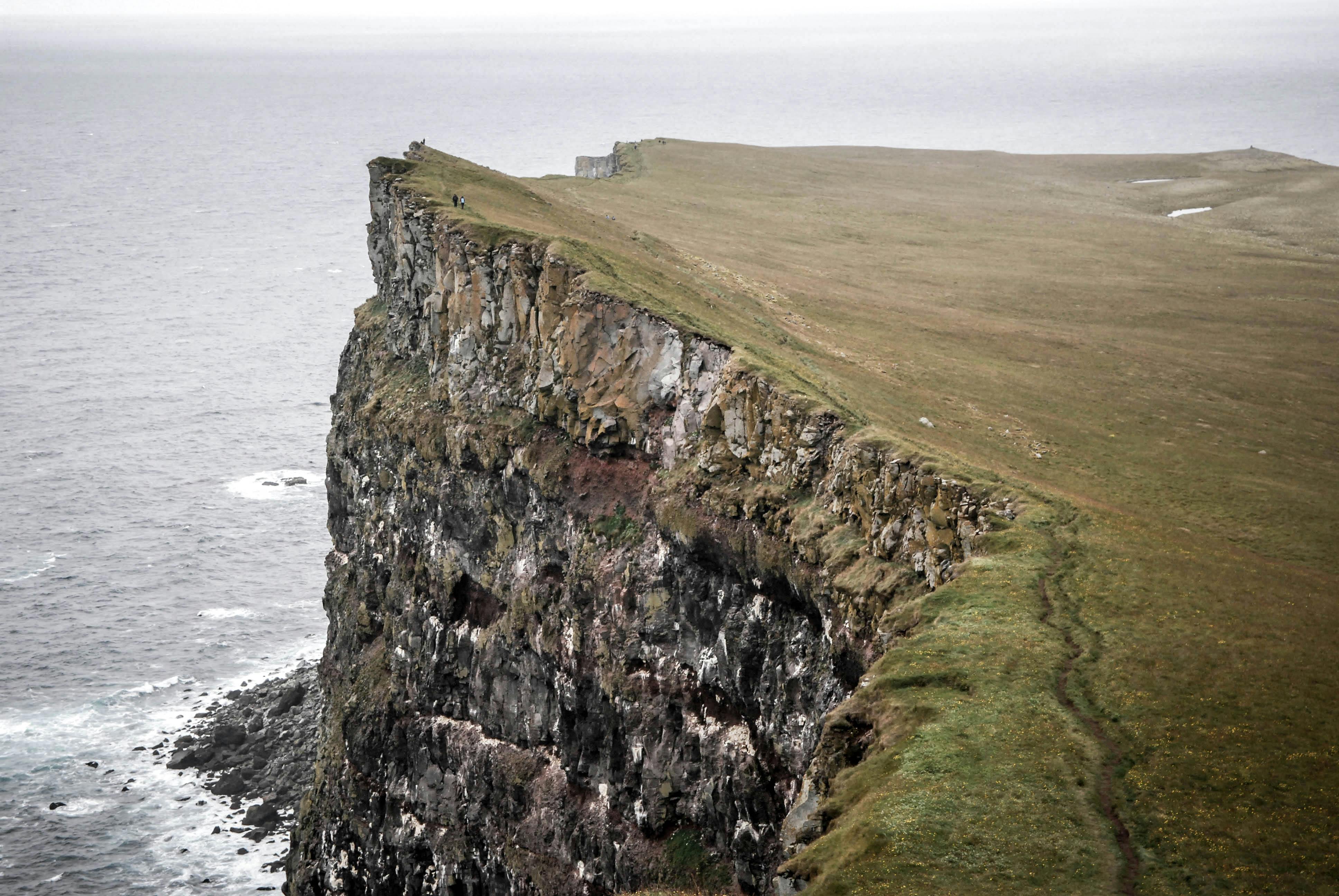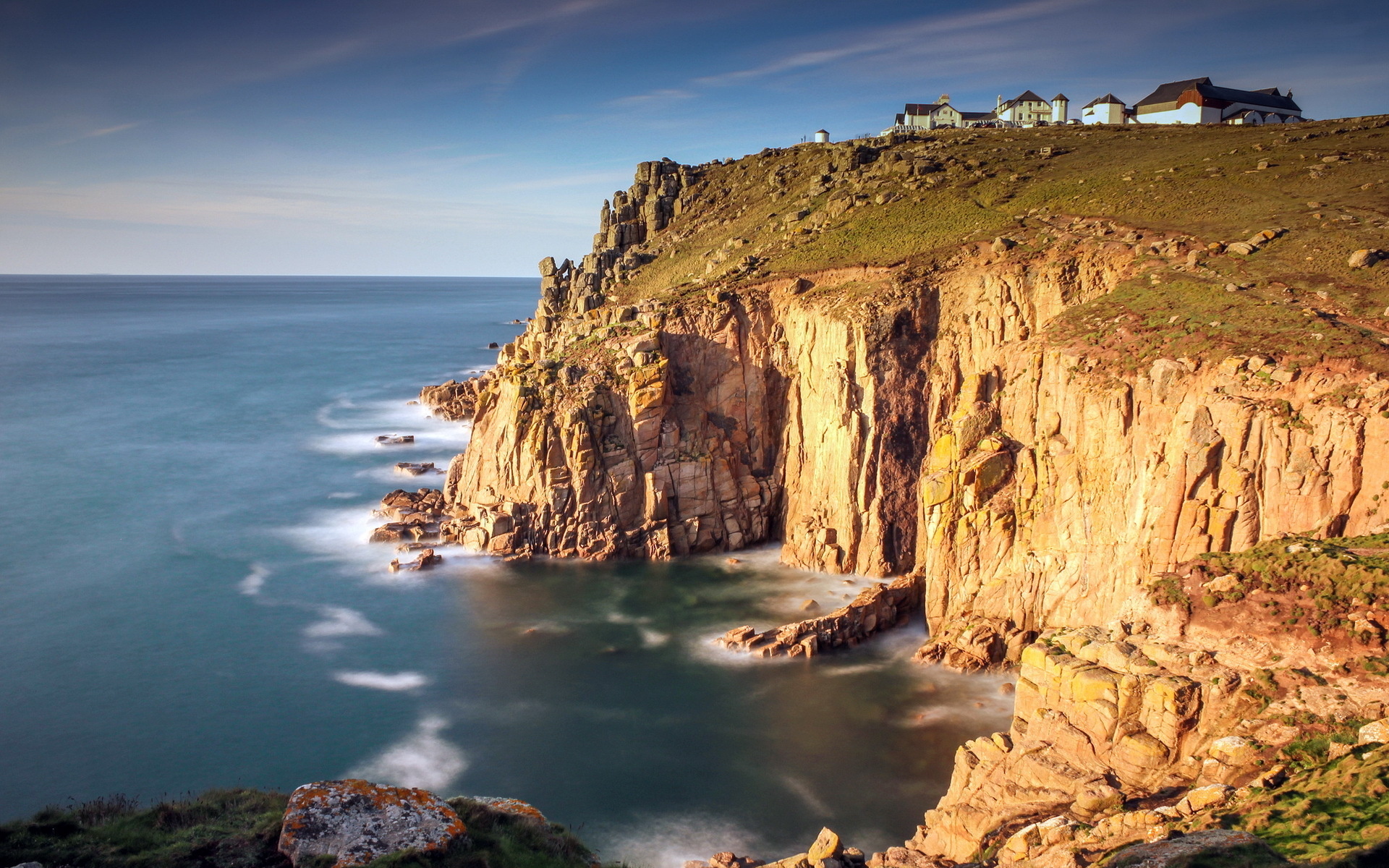Cliff Finding Bigfoot: Exploring The High Places Where Legends Roam
Have you ever thought about where a creature as elusive as Bigfoot might actually live?
It's a question that, you know, really sparks the imagination for many who are curious about these giant, ape-like beings. For a long time, people have pictured Bigfoot hiding deep in the thickest forests, away from human eyes. But, actually, there's a growing idea among some enthusiasts that these mysterious creatures might be found in places that are, well, a bit more dramatic and hard to reach.
This idea brings us to the concept of "cliff finding Bigfoot," a thought that suggests these high, steep rock faces could be key to understanding their secret lives. It's a rather interesting angle, isn't it? This particular line of thought is, in some respects, a fresh take on an old mystery, prompting us to look upwards, towards the challenging terrain that many would simply overlook.
Table of Contents
- Introduction: Where Do They Hide?
- What Exactly is a Cliff?
- Why Cliffs Might Be Bigfoot's Secret Hideout
- Looking at the Evidence and Stories
- Exploring High Places Safely
- The Future of the Bigfoot Quest in High Places
- Frequently Asked Questions About Bigfoot and Cliffs
- Final Thoughts on the High-Altitude Search
What Exactly is a Cliff?
Before we talk about Bigfoot, it's worth getting clear on what a cliff really is. A cliff is, quite simply, a face of rock, earth, or even ice that drops sharply. It’s that kind of high area of land with a very steep side, often right next to the sea, or perhaps as part of a mountain range. You know, the kind of place where you stand at the edge and watch waves crash on the shore far below, or where the ground just seems to drop away suddenly. That's a cliff. It's a high rock formation, typically with a sheer drop to the ground or water below. The face of the cliff is what you see when you stand at the bottom, looking up. It’s a very striking natural feature, isn't it? In some respects, it's a natural barrier, a kind of protective wall, you could say, offering a unique kind of cover. This formation is characterized by its vertical or nearly vertical slope, making it a challenging, sometimes even dangerous, part of the landscape.
People often picture a cliff as something along a coastline, where the land just ends abruptly at the ocean. But cliffs are also found deep inland, within mountain ranges, or forming the sides of deep canyons. They are places where the strata, or layers of rock, are often exposed, telling a story of the earth's ancient movements. You might think of it anytime you picture a mountain or tall hill that drops off suddenly from a height. So, a cliff is more than just a drop; it's a significant geological feature that presents both challenges and, perhaps, opportunities for creatures like Bigfoot.
Understanding this definition is key to understanding why some believe these formations could be important in the search. It's not just any steep hill, but a specific kind of landform that offers a particular set of characteristics. This particular kind of terrain, with its sudden drops and difficult access, might just be the perfect spot for an animal that wants to remain hidden from human observation, offering a kind of natural fortress, you know.
Why Cliffs Might Be Bigfoot's Secret Hideout
So, why would a creature like Bigfoot, which is supposedly shy and avoids people, choose to live near cliffs? This is where the idea of "cliff finding Bigfoot" really takes shape. The thought is that these rugged, high places offer several distinct advantages for a large, reclusive primate. It’s a bit like thinking about how certain animals use specific parts of their environment to stay safe and find what they need. There are, actually, a few compelling reasons that enthusiasts often point to when discussing this theory.
Natural Protection and Seclusion
For one thing, cliffs offer a lot of natural protection. They are hard for most humans to get to, which means less chance of running into people. A high, steep rock face provides a natural defense against those who might try to follow or disturb them. Imagine trying to track something up a sheer rock face; it's a task that most people would find impossible without specialized gear and training. This makes these areas natural strongholds. It's a pretty good hiding spot, actually. A cliff can make it hard for anyone to approach without being seen or heard, too it's almost a natural alarm system, you could say. The very structure of the land provides a barrier, keeping unwanted visitors at a distance.
Many cliffs also feature caves, overhangs, and deep crevices. These could serve as shelters from harsh weather, or as places to rest and raise young. Such natural shelters would be ideal for a large creature needing to stay out of sight and protected from the elements. This kind of seclusion is, basically, a core need for any animal that wishes to remain undiscovered. It offers a kind of privacy that vast, flat forests might not always provide, especially with human activity increasing in many areas.
Food Sources and Water Access
It might seem odd, but these steep places can also hold surprising food sources. Many plants and small animals that Bigfoot might eat can be found in or around cliff areas. Think about the unique plant life that grows on rocky ledges, or the animals that might seek shelter in caves or crevices. For example, certain berries or root vegetables might thrive in the microclimates found on cliff faces or at their bases. Small mammals and birds also often make their homes in such rugged terrain, providing potential prey. Plus, often, water sources like springs or streams are found at the base of cliffs, or even trickling down their faces. So, in a way, it’s a complete package for survival, offering both food and drink, you know? This access to essential resources, combined with the natural protection, makes these areas quite appealing.
The varied elevation also means different ecological zones, which can lead to a greater diversity of food options throughout the year. As seasons change, a creature could move up or down the cliff face or into nearby valleys to find available sustenance. This adaptability to different food sources, basically, makes cliffs a sustainable living environment. It's not just about hiding; it's about thriving in a challenging landscape. A creature that understands its environment well could, in fact, use these resources to its full advantage, staying fed and hydrated without needing to travel far into more open, populated areas.
File:Iceland2008-Latrabjarg.cliff.JPG - Wikimedia Commons

500+ Interesting Cliff Photos · Pexels · Free Stock Photos

Cliff wallpaper | 1920x1200 | #71658